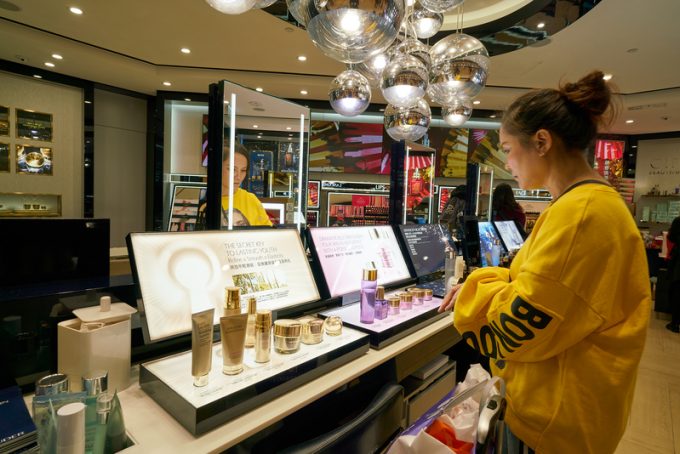Amazon pushes into LTL for small package fulfilment and UPS does a u-turn
Amazon ended speculation about a foray into the LTL sector with an offering for inbound ...

Although capacity headaches have largely dissipated and cost pressures eased, US retailers are still facing a challenging peak season.
Thanks to volatility and the need to juggle multiple channels and sustainability, the busiest time of the year for retailers does not hold much promise.
Many expect lacklustre consumer behaviour, owing to the financial constraints of inflation and signals of an economic downturn.
“We don’t expect much in retail,” said Oana Rusu-Williams, director of product marketing at supply chain software provider E2Open, adding that ...
Outlook for container shipping 'more uncertain now than at the onset of Covid'
Teamsters union vows UPS will be 'in for a hell of a fight' over jobs cull
Shippers warned: don't under-value US exports to avoid tariffs – 'CBP will catch you'
Cancelled voyages take the sting out of spot rate declines this week
New Houthi warning to shipping as rebel group targets specific companies
K+N CEO unveils impact of US import tariffs on China-origin goods
Blanked sailings in response to falling demand 'just a stop-gap solution'
More pressure on transpacific rates as carriers bet on a China-US trade deal
CMA CGM to reflag box ship as the French carrier eyes growing Indian market
Boeing looks to resell up to 50 aircraft rejected by Chinese buyers
'Strong start' to 2025, despite market uncertainty, says Kuehne + Nagel
US Customs chaos means 'more downside risk than upside potential' for air cargo
Taiwan ministries act to mitigate effect of trade war on agriculture exports
Wan Hai joins box shipping 'arms race', but avoids Chinese yards for newbuilds
MOL signs up with Climeworks for direct air carbon capture and storage


Comment on this article